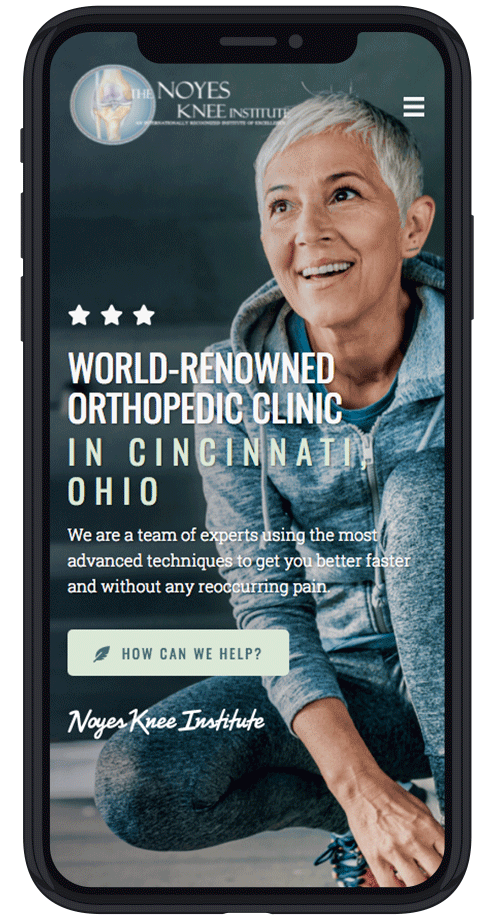Published On
Category
If you will be undergoing a knee replacement surgery soon, then you’re likely excited to get a new knee and alleviate pain during your day-to-day life. However, you may feel a little apprehensive about the pain of recovering from your surgery.
While your doctor will prescribe pain medications to help ease post-operative pain, you can also manage pain using complementary medicine and/or new knee replacement pain management techniques. Read on to learn about five alternative post-operative pain control techniques your physician may advise.
1. Acupuncture
Acupuncture is a type of alternative medical practice that involves stimulating trigger points in the body to reduce pain. This technique has been shown in studies to help people who recently underwent knee replacement surgery control their pain during days 7 through 21. In fact, obtaining acupuncture just three times a week during this time period was shown to not only help relieve knee pain but also reduce knee swelling.
In addition, researchers also found that study participants who obtained acupuncture after obtaining knee replacement surgery experienced earlier improvements in their knee ROM, or range of motion, than participants who did not obtain acupuncture.
2. Electrotherapy
While you may have heard of acupuncture, you may not have heard of electrotherapy. However, electrotherapy has been shown in studies to help people recovering from knee replacement surgeries use less pain medication due to the natural pain relief it provides.
While one type of electrotherapy is called TENS, or transcutaneous electrical nerve stimulation, your physician may recommend several other types.
During an electrotherapy session, a special device sends mild electrical impulses into and around your knee through small electrode pads attached to your skin. Electrotherapy not only helps relieve pain after knee replacement surgery but can also promote healing by stimulating circulation around your knee.
3. Continuous Passive Motion
After knee replacement surgery, your physician may recommend that you use a continuous passive motion, or CPM, machine early on during your recovery process. Typically, patients use this machine for about three weeks after surgery, although this schedule can differ for every patient.
This machine moves your knee through its full, natural range of motion while you lie in bed without having to move a muscle. This machine will help improve your knee range of motion more quickly and also help alleviate some post-operative pain.
4. Liposomal Bupivacaine Injection
To immediately relieve post-operative pain, your physician may provide you with a liposomal bupivacaine pain-relieving injection after surgery is finished. This treatment is a simple anesthetic that has been improved by turning into a time-release, injectable medication. After injection, it can control your knee pain for up to 72 hours.
A liposomal bupivacaine injection does more than merely control pain, however. It can also reduce the chance that you experience a fall because of muscle weakness and even lead to your hospital stay being shorter.
5. Pain Counseling
Many psychological techniques are also available to use to manage your knee replacement post-operative pain. Meet with a psychologist after your surgery to discuss your pain management options. Psychological techniques proven to help manage pain include guided imagery, biofeedback, acceptance and commitment therapy, cognitive behavioral therapy, and medical hypnosis.
While all of these psychological techniques have been proven successful at helping people manage pain, some work better for some people than others. Your psychologist will choose the method or combination of methods that will help you most after meeting with you and learning more about how you think and feel about your pain.
Reach out to the Noyes Knee Institute for more information on how you can manage your knee replacement post-operative pain using complementary medicine and other alternative pain management techniques.

